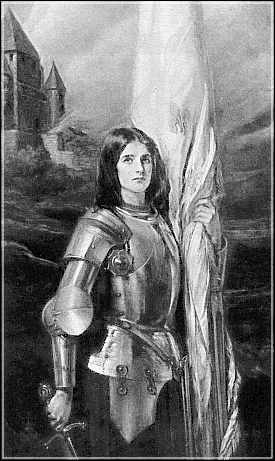Our own country has yet to elect a female president, but over three thousand years ago the Egyptian empire, one of the most powerful forces at the time, was ruled by a woman. Over the centuries, there were a number of female pharaohs, but Hatshepsut had the most successful rule of them all. Daughter of Thutmose I and married to Thutmose II, Hatshepsut became regent after her husband died. Thutmose’s son of another wife, Thutmose III, was supposed to take over as pharaoh when he grew older, but Hatshepsut declared herself pharaoh in 1473 BC. With the support of the important religious and political leaders and the people, she acted as pharaoh until 1458 BC.
Determined, brave and smart, Hatshepsut was a remarkable woman of the time. In order to maintain her standing the respect she received, Hatshepsut dressed as a male pharaoh, was called his majesty and wanted to be treated like a male. More than rejecting her sex and feminism, Hatshepsut was striving for equality and dignity which she achieved by being an extremely prosperous leader.









